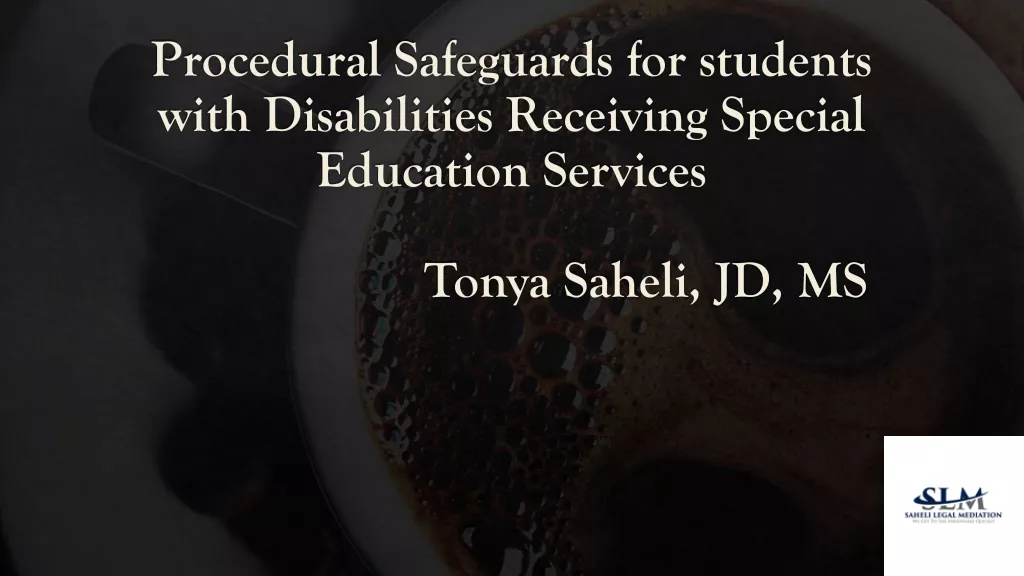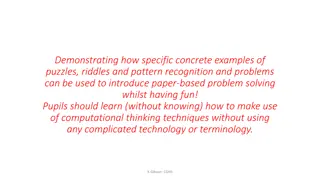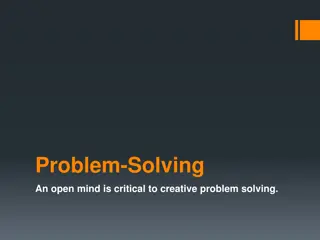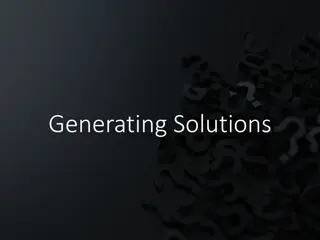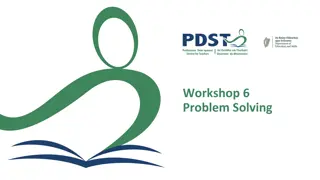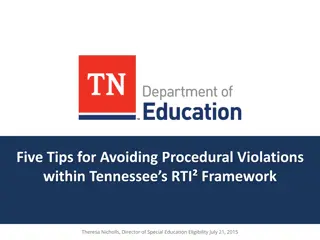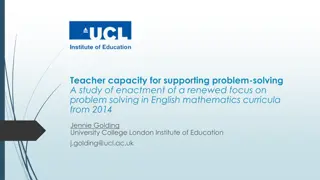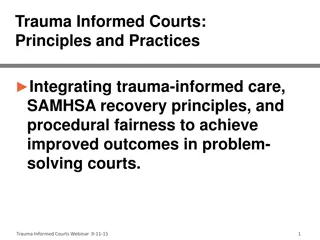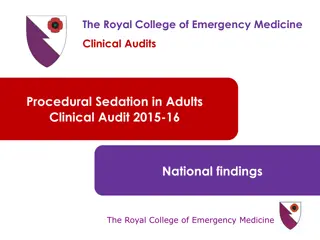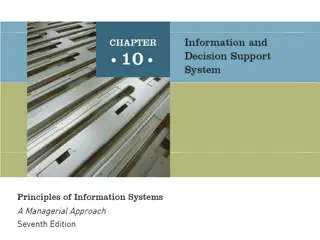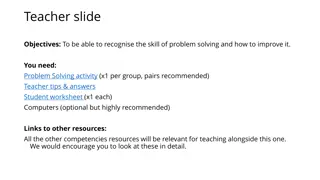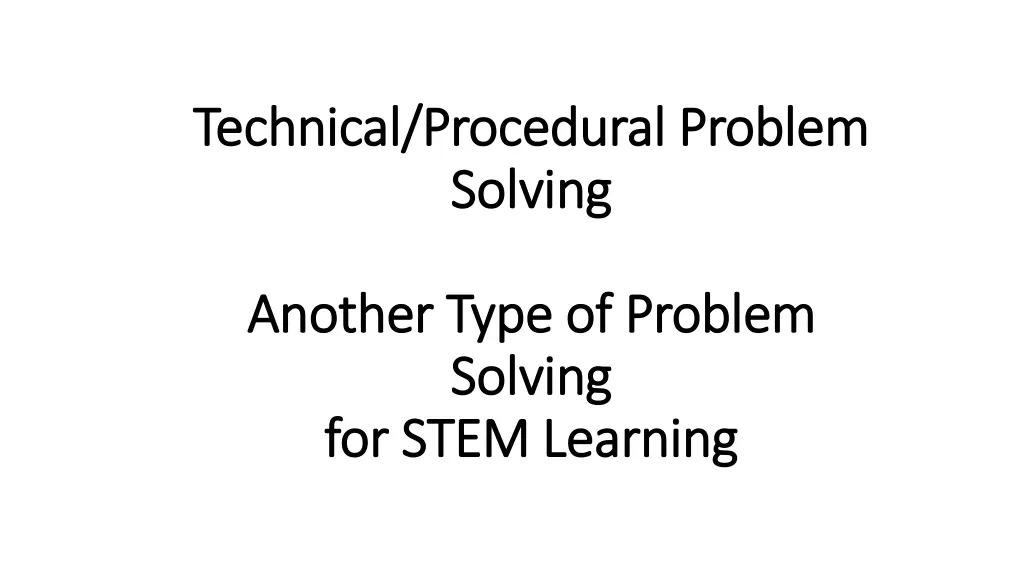
Effective Strategies for Technical/Procedural Problem Solving in STEM Learning
Explore the importance of Technical/Procedural Problem Solving in STEM education, focusing on strategies, categories, and the Six Facets framework. Discover how T/P Problem Solving differs from design problem solving and the skills required to excel in this area.
Download Presentation

Please find below an Image/Link to download the presentation.
The content on the website is provided AS IS for your information and personal use only. It may not be sold, licensed, or shared on other websites without obtaining consent from the author. If you encounter any issues during the download, it is possible that the publisher has removed the file from their server.
You are allowed to download the files provided on this website for personal or commercial use, subject to the condition that they are used lawfully. All files are the property of their respective owners.
The content on the website is provided AS IS for your information and personal use only. It may not be sold, licensed, or shared on other websites without obtaining consent from the author.
E N D
Presentation Transcript
Technical/Procedural Problem Technical/Procedural Problem Solving Solving Another Type of Problem Another Type of Problem Solving Solving for STEM Learning for STEM Learning
Problem Solving Categories Problem Solving Categories Design Trouble-shooting Invention/Innovation Research and Development Experimentation Technical/Procedural
So Far, Weve Focused on Design So Far, We ve Focused on Design While Design Problem Solving is the primary method used in STEM, in some cases you will need to use other methods. Now we are going to focus on Technical/Procedural Problem Solving
Technical/Procedural Problem Solving Technical/Procedural Problem Solving Form of problem solving that requires a student to follow a set of technical directions to accomplish a task. For example, students might be required to build an electronic device following precise directions of a technical nature and then, when the device is complete, the students must complete a series of experiments. T/P Problem Solving is a lower level method of problem solving (Six Facets)
T/P Problem Solving & Six Facets T/P Problem Solving & Six Facets While Design Problem Solving is very effective in reaching the higher levels of the Six Facets (Applications, Perspective, Empathy, & Self-knowledge) T/P Problem Solving can be a useful tool for reaching the first two levels of the Six Facets (Explanation & Interpretation)
Strategies for Solving T/P Problems Strategies for Solving T/P Problems Typically don t use the Design Process/Loop T/P Problems require the student to: Seek relationships and work out solutions Follow step-by-step technical directions Read a schematic drawing Write technical directions Understanding the systemic order of technical devices T/P Problems requires that the learner have some prior background in the subject matter
Technical/Procedural can be written using on pictures. However, this is difficult and often requires very technical skills. The best T/P directions include high quality images and written directions that are easy to understand and follow.
Writing a Technical/Procedural STEM Problem -Good pictures and written directions to develop the technical product -Detailed instructions on what the students will do after creating the product test experiments modifications - data collection this is where the content learning will occur.

